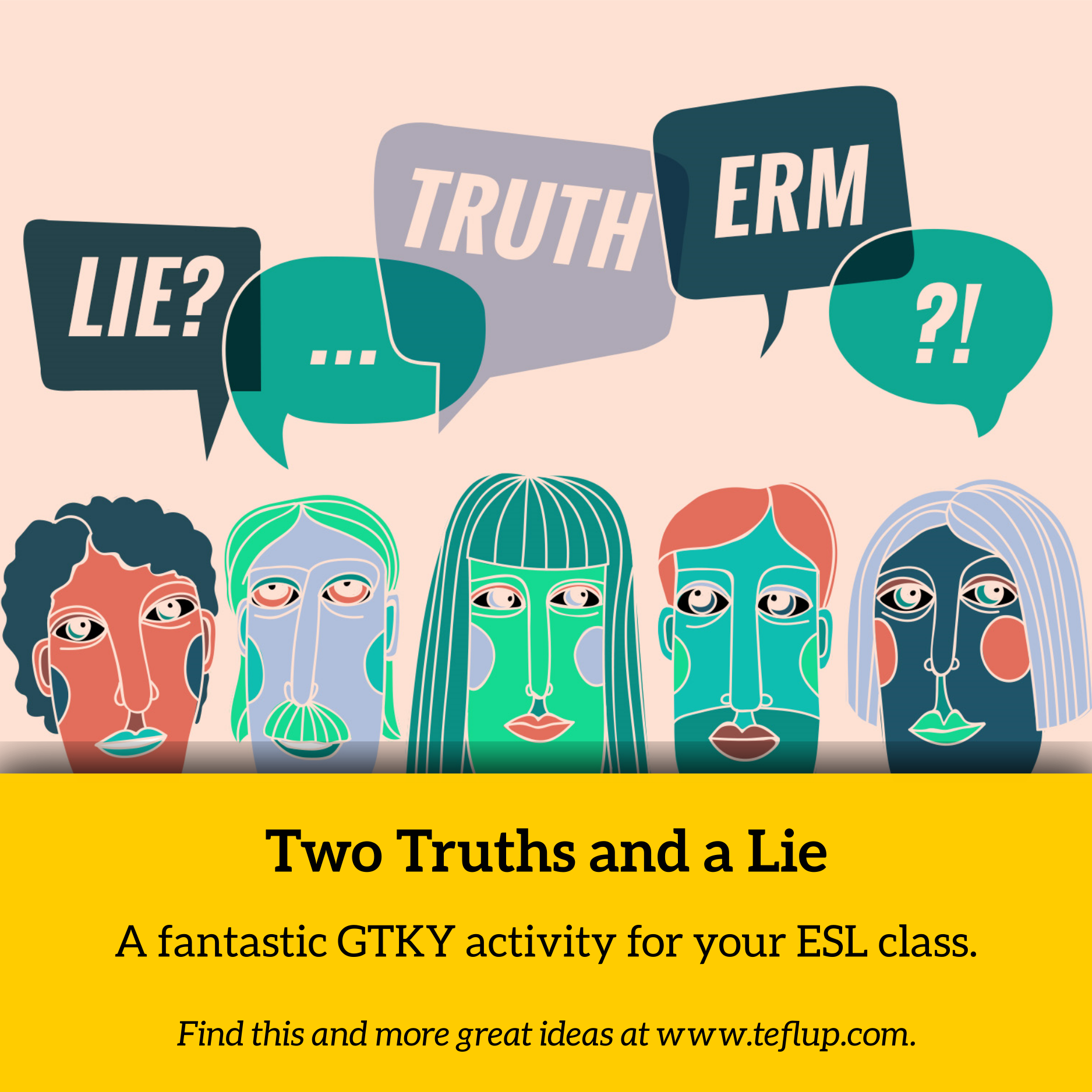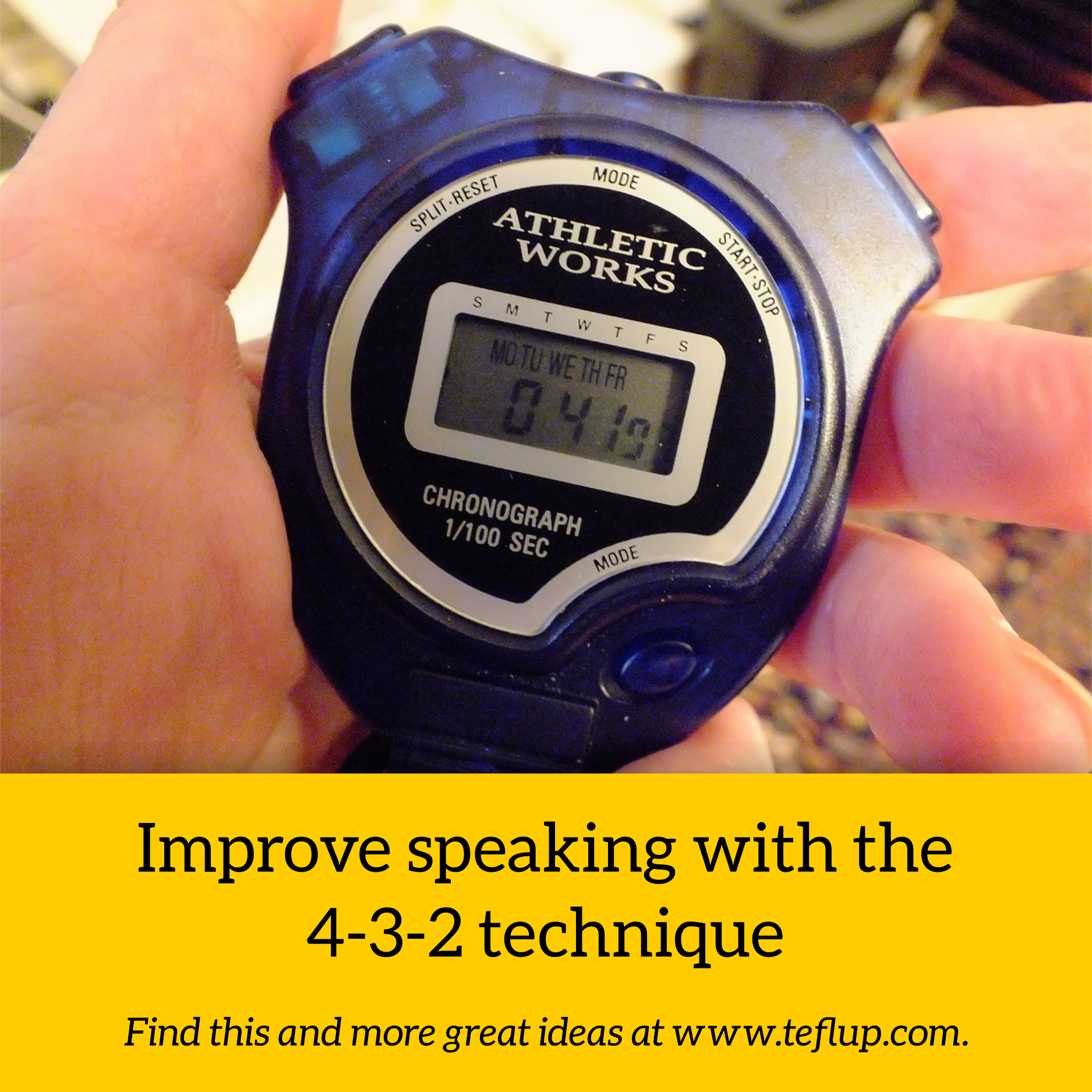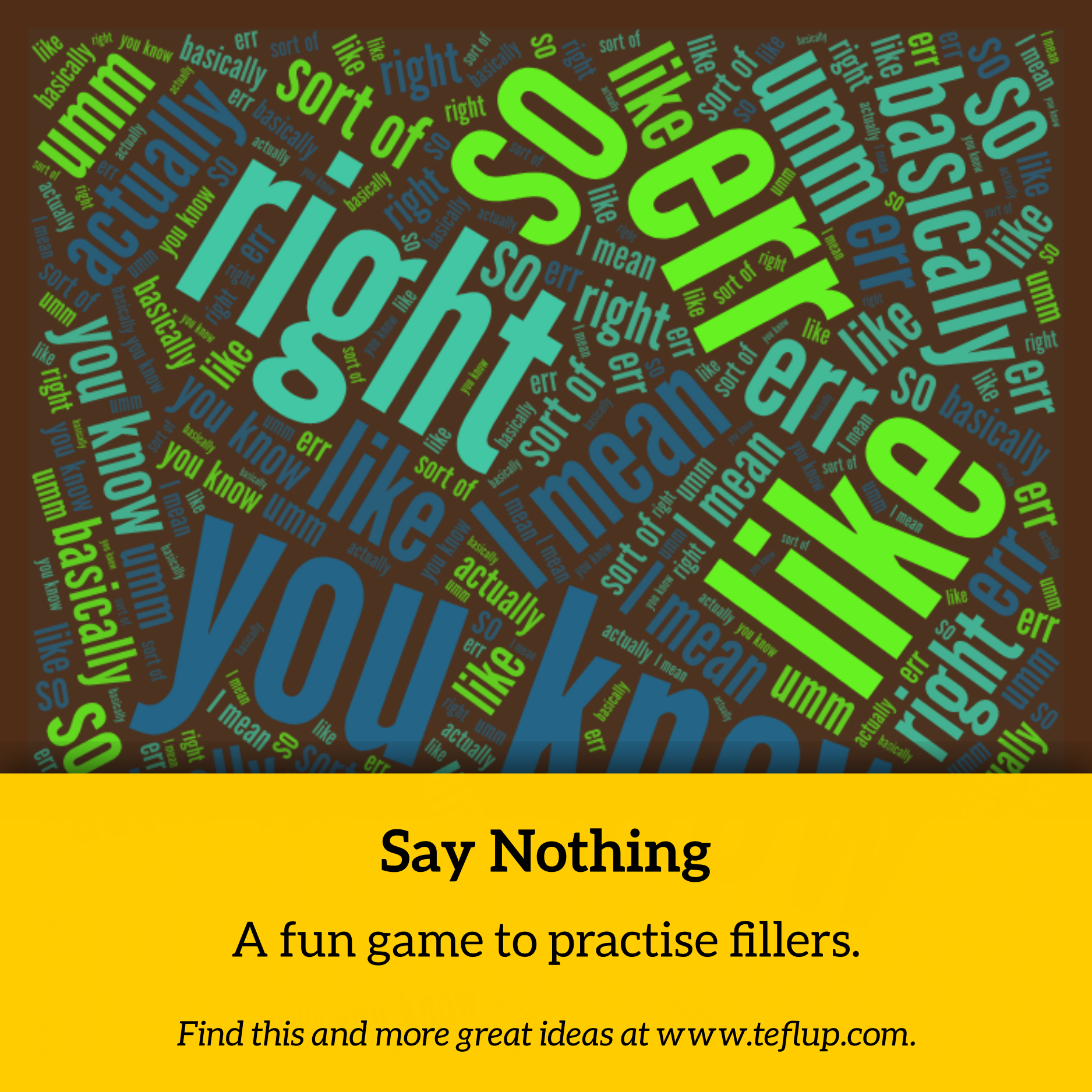ESL Games and Activities
Looking for ESL games and activities to use in your English lessons? Below you will find more than 40 games and suggestions, ranging from classics like hot seat/back to the board, to more recent ideas like Pecha Kucha presentations.
Each activity contains procedural notes to give you a clear idea how to set it up so that it runs successfully, and variations that will allow you to adapt the game for different groups, to exploit the game for more language or simply to keep the game fresh for your regular students.
Use the options below to find ESL games and activities that relate to your specific teaching context.
- All
- Exams
- GTKY
- Grammar
- Lead in
- Lexis
- Listening
- Pronunciation
- Reading
- Speaking
- Task
- Writing
- Young Learners
- Online

Frequently Asked Questions
Did you come up with all these activities?
No. Some of these have been used in English language teaching for decades. I have simply collected these activities together and given a number of ways that they can be done. I have tried all of these activities, although admittedly not necessarily all of the suggested variations. There are actually very few new ideas in language teaching. Almost anything done in a classroom has probably been done somewhere else before.
Where I have taken these activities from another source, I have tried to acknowledge it. However, in some cases I may have forgotten where I originally learnt of this idea.
Is learning a lot of ESL games and activities a good way to develop as a teacher?
No. This is something that will likely happen in your first few years of teaching. You will find activities that work and you will make them part of what you do regularly. However, the key to developing as a teacher is not just knowing things that work, but understanding why they work (or don’t). If you do, you will not only be able to present a class with an activity, but also be able to tailor that activity so that it provides the maximum amount of learning and engagement from students.
The purpose of giving these activities here is firstly to quench the thirst of many teachers for new activities, and secondly to encourage teachers to think about the mechanics of activities they use and how they can be adapted for different uses.
What makes an activity good?
In short, students need three things to succeed in learning a language – exposure, motivation and use. Generally a “good” activity will include some of each of those components. Some of the above activities include more or less of different components. Sometimes there may be very little exposure to new language, or little use. For example, the game Simon says potentially involves a lot of exposure to new language and is motivating, but contains limited opportunities for students to use the language. Other activities may be based more on revising known material and therefore not contain any exposure to new language, only more opportunities to use this language meaningfully.
How should I include these activities in a lesson?
I can’t do all the work for you! This is for you to figure out. I have however tried to include as much information about the activity to help you to do this such as what needs to be done before starting the activity, how you could follow on from the activity, or the stages of a lesson that it might fit best in. Remember that young learners need a mix of settlers and stirrers to manage energy levels, and having opening and closing routines is very helpful for them.
What are your favourite activities?
I prefer activities which require very little preparation before hand. I don’t mind ripping up some paper and writing words on it, but I’d rather delegate that to students if I can. I also prefer activities that are simple to understand. It doesn’t matter how fun and engaging an activity can be, if it takes 30 minutes for students to actually get it that is a problem.
What's the worst activity you've ever seen?
That’s a tough question to answer. I have observed many teachers, and it’s not normally the activities themselves that are a problem although they sometimes need tweaking. It is more a case of whether they actually contribute to the aim of the lesson or not.



















































